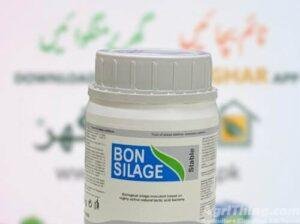₨ 3,500
(Fixed)Description
A pneumatic pulsator is a device used in dairy farming as a part of the milking machine system. It is responsible for regulating the pulsation or alternating pressure applied to the teat cups during the milking process.
The pneumatic pulsator operates using compressed air or a similar gas as the driving force. It typically consists of a housing or body that encloses the internal components. Inside the pulsator, there are chambers or compartments with diaphragms or valves that control the airflow and create the pulsating effect.
The primary function of the pneumatic pulsator is to mimic the natural sucking behavior of a nursing calf on the cow’s teats. It alternates between applying negative pressure (vacuum) and releasing the pressure in a rhythmic pattern, typically known as the pulsation rate or ratio.
The pulsation created by the pneumatic pulsator is essential for stimulating milk flow from the cow’s udder. It helps to prevent teat congestion and discomfort, improves milk letdown, and promotes efficient milk extraction.
The specific design and features of pneumatic pulsators may vary depending on the manufacturer and the type of milking machine system being used. Some pulsators have adjustable settings, allowing farmers to customize the pulsation rate and ratio according to the specific needs of their cows.
The use of pneumatic pulsators in milking machines ensures a gentle and consistent milking process, providing comfort and maintaining udder health for the cows. Proper pulsation is crucial for efficient milk extraction, reducing the risk of mastitis and improving overall milk quality.
Overall, a pneumatic pulsator is a vital component in modern milking systems, playing a key role in creating a natural and effective milking experience for dairy cows.
Mention AgriThing.com when calling seller to get a good deal













